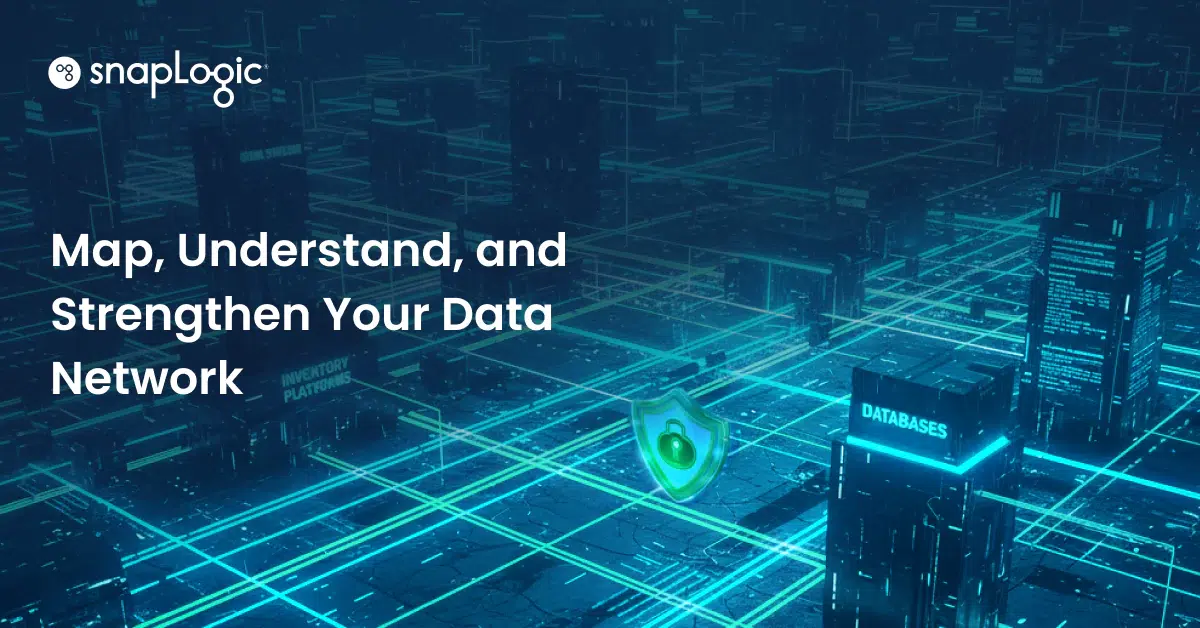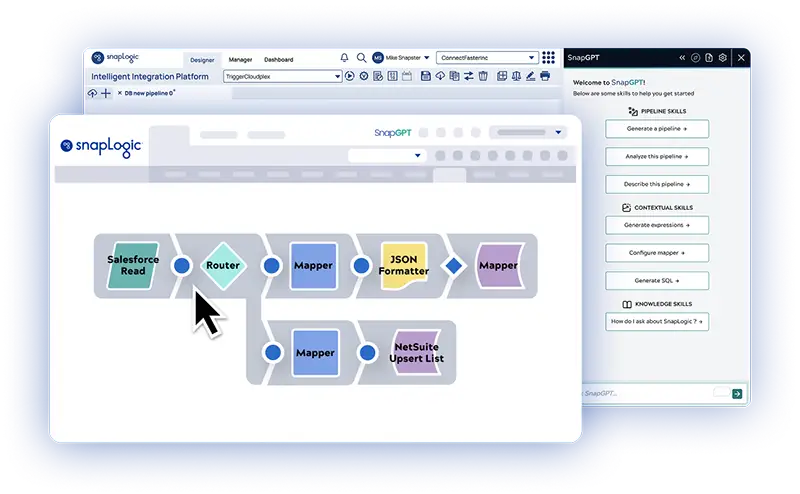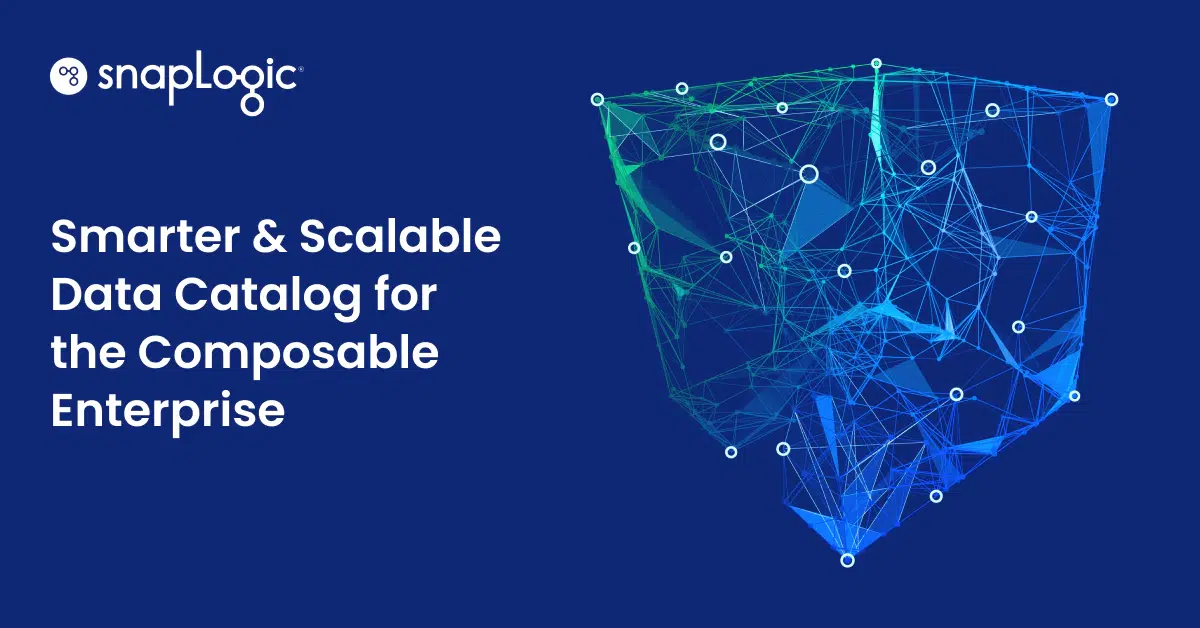In Part 1 of this series, we discussed the dangerous blind spot most organizations have when it comes to understanding their data integration pipeline dependencies. We explored how a lack of visibility can lead to costly cascading failures and unforeseen challenges in change management.
In this second installment, we will dive into how to build a more resilient and reliable data environment by mastering dependency visibility.
Building resilience through visibility
The truth about pipeline dependencies is that they are more complex and critical than most organizations realize. Every day of operation without comprehensive visibility is a day of accumulated technical debt and operational risk. Organizations that embrace modern asset catalog approaches not only reduce their risk but also transform their operational capabilities.
Teams with comprehensive dependency visibility respond to incidents more quickly, make changes with greater confidence, and optimize their systems more effectively. They shift from reactive problem solving to proactive system management, and from isolated team operations to coordinated organizational resilience.
Implementing effective dependency management with asset catalogs
For organizations ready to address their dependency visibility gaps, modern asset catalog solutions offer a comprehensive approach. The SnapLogic Asset Catalog exemplifies this approach by providing fine-grained visibility into tasks, pipelines, accounts, and their relationships.
Factual metadata
Verifiable attributes captured directly from the platform, including task names, pipeline configurations, ownership details, scheduling information, and execution history.
Inferred relationships
System-derived connections based on factual metadata, such as source and destination endpoints, data flow patterns, and resource sharing arrangements.
Supplemented context
Business-specific metadata that teams add to provide operational context, such as criticality levels, business ownership, and compliance requirements.
Navigating your dependency network
Once your asset catalog is populated, effective dependency analysis becomes straightforward. Users can quickly discover:
- Account dependencies: all pipelines that rely on specific database connections, API endpoints, or authentication services
- Pipeline hierarchies: parent-child relationships that show how complex processes break down into component operations
- Execution relationships: historical patterns that reveal which pipeline failures tend to trigger downstream problems
Your integration pipelines are only as strong as your understanding of how they connect. Make sure you are prepared for what comes next.
See how SnapLogic can help you build resilience in your data dependencies
Ready to take the guesswork out of your data integration? Book a demo to see how the SnapLogic platform and Asset Catalog provide the comprehensive visibility you need to build a more resilient and reliable data environment.









